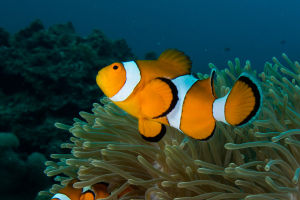Rhopilema hispidum is a kind of jellyfish, which belongs to the genus Rhopilema hispidum under the Jellyfish family. Therefore, rhopilema, like jellyfish, can also secrete venom from their nematocysts. As early as a long time ago, people have understood that fresh jellyfish are poisonous, and must be pickled with salt and alum, dipped and detoxified, and filtered to remove the water before they can be eaten.
You can call Rhopilema hispidum jellyfish, but not all Rhopilema hispidum can be called jellyfish, because Rhopilema hispidum is only one branch of the jellyfish family.
Jellyfish can be divided into four species, but only two kinds of jellyfish and macular jellyfish can be eaten. The macular jellyfish is basically similar to the jellyfish. The biggest difference between the two is that there are many short and sharp warts on the surface of the outer umbrella of the macular jellyfish, and there are yellow-brown spots.
The vast majority of jellyfish are poisonous, and their tentacles have special structures that release venom, which is poisonous. Specifically, the toxicity of these venoms is different. There are different varieties of jellyfish, and the venom they emit varies in the degree of toxicity. Generally speaking, the brighter the jellyfish, the more venomous they are.
Do you know why jellyfish glow?
Although some glowing jellyfish do not glow when they die, they can resume glowing after being sprinkled with water. This is a purely chemical effect and has nothing to do with the existence of life.
Scientists have been interested in bioluminescence as early as the seventeenth century. A French scientist discovered that mushrooms that exist in glass jars will glow as long as there is air, and will not glow when the air is removed.
A few years later, another Italian scientist discovered that the glowing jellyfish living in the Mediterranean, although dead, returned to glow after being sprinkled with water. Therefore, scientists infer that it is very likely that bioluminescence is a pure chemical effect, which has no absolute relationship with the existence of life.
Jellyfish are coelenterates with a very simple structure, they have no muscles and bones, and 98% of their bodies are water. The reason why jellyfish can emit light depends on a magical light-emitting protein that emits a strong blue light when it encounters calcium ions. According to scientists' research, each jellyfish contains about 50 mg of light-emitting protein!
The jellyfish glow thanks to a wonderful protein called equipmin, which fluoresces blue when mixed with depleting ions. The more equimin in the jellyfish, the stronger the light it emits, and each jellyfish contains 50 grams of equimin.


